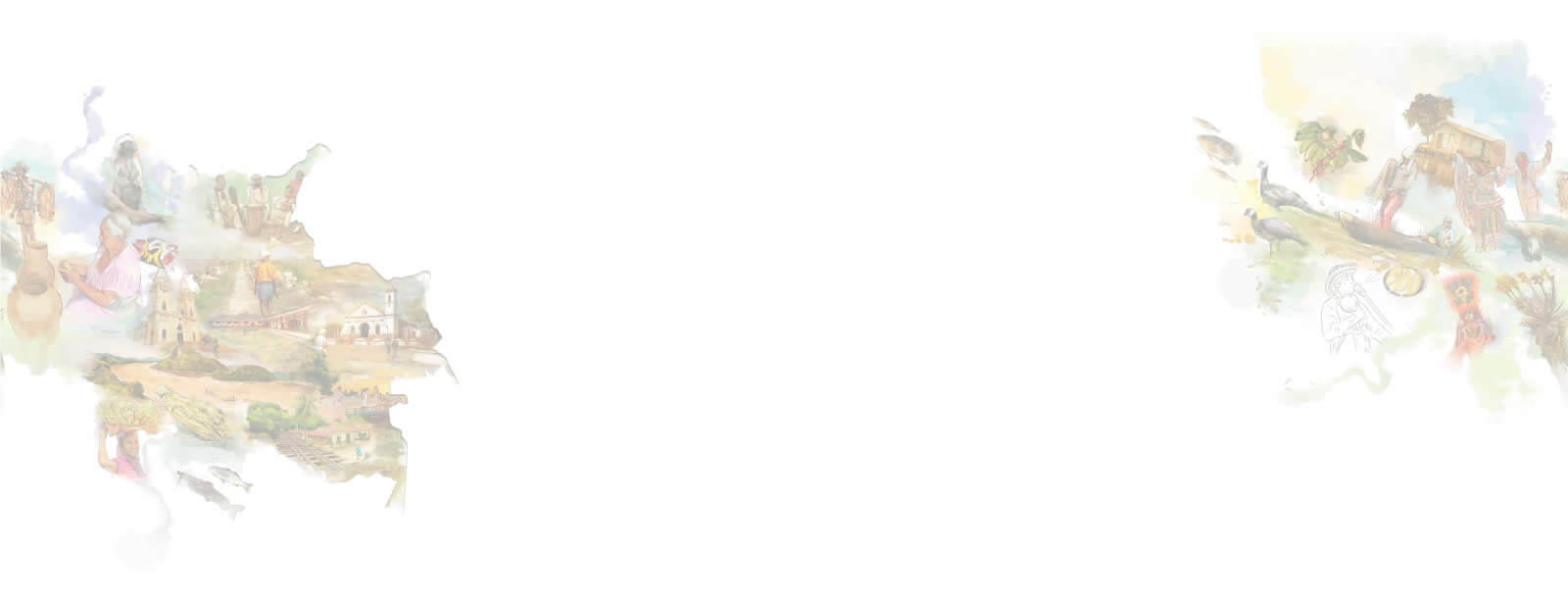COLOMBIA
An important part of the history of Colombia is preserved in the Francisco José de Caldas Museum House, named in honor of the scientist and hero of Independence from Popoyán. Caldas lived in this 1770s building in downtown Bogotá until 1806. The house was declared a national monument in 1944 and opened to the public as a museum in 1985.
What do our visitors say?
More activities in Bogotá
Each of the country's regions offers a different rhythm so you can do what you like most. With adventure tourism, numerous cultural activities and excellent gastronomy, we have everything to make your trip an unforgettable experience.
Bogotá: Modernity and History
Bogotá, a city that brings together the historical and the modern
You won't need much time in Bogotá to discover that Colombia's capital is made


























